Marvellous microscopic miracles!
Today we are going to examine a unique art form that is nothing short of miraculous! Strap on your laser eye glasses and ...... prepare to be amazed!!
We will meet David A Lindon from Bournemouth in the UK, who makes tiny little sculptures in the eye of a needle, or on the head of a pin!
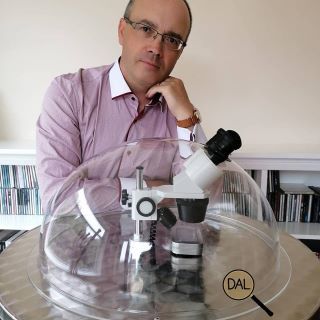

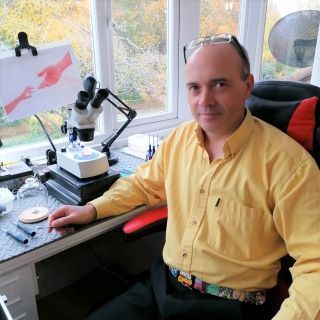
David grew up in Poole on the south coast of England. He left school with an interest in art, but pursued a career in engineering with the Ministry of Defence in the UK. He was trained to work on the instrumentation of Challenger tanks and later progressed onto working with aircraft and military jets at Bournemouth Airport. Eventually he moved again into production engineering with a local manufacturing company, and finally back to the aircraft industry again to work on iconic Eurofighter.
After David’s father died, he turned his life over to looking after his mother, who had been diagnosed with vascular dementia. He is now lucky enough to work from home, at Bournemouth, and that has given him the opportunity to experiment with art. He started working with microscopic sculptures as an amusement for family and friends, and found he loved the challenge of the delicate work and the fun of finding suitable subjects.
The match heads in the pictures on the left, below, give us an appreciation of just how small David's work is!
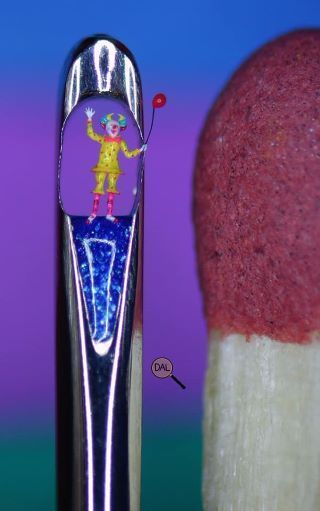
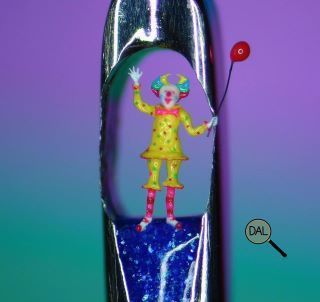
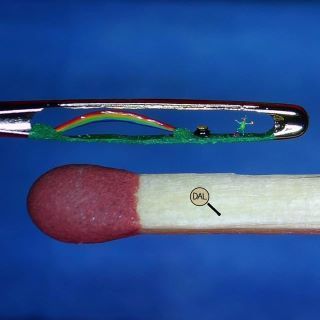
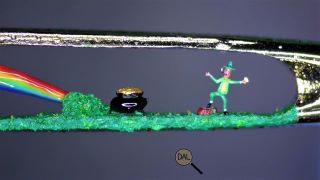
David says, “I found myself by shaping and carving all sorts of things. Using an old microscope I began forming heads and bodies like a mad scientist creating life, or at least the familiar shapes of life, from almost nothing. All my sculptures are created using hand tools I have made myself and I’m now using my fourth microscope that I have modified to suit my particular requirements.”
“Why, I hear you ask?? I think, on reflection I wanted to impress my wife and amuse my close family. They are my inspiration.”
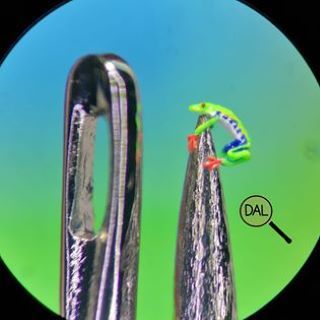
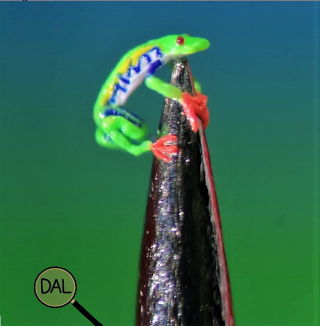
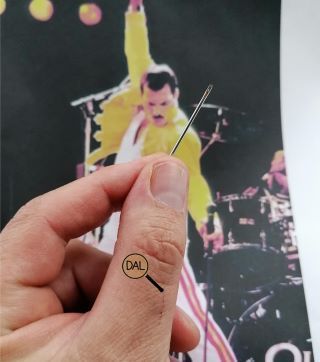
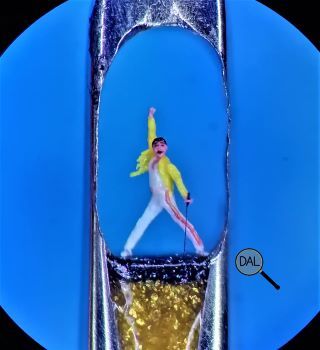
David’s training and work have given him the understanding and the patience to work with delicate, complex instruments requiring precise calibration, balance and function, but this hobby takes that to a whole new level!
So just how does he go about this minute, intricate work?
David says: “It is a real challenge to control my hands and slow my breathing let alone create something almost literally out of nothing. I have learnt to calm my heartbeat and steady my nerves. My hands still jump a little as my heart beats pumping blood around my body, so working in a rhythm between each pulse I find helps me in the creation process. If I don’t concentrate all the time my fingers can accidentally flick weeks of work off the microscope never to be seen again!
Sometimes I can get so engrossed in a particular piece that I continue into the small hours. Each piece may take several weeks to get right as, inevitably, many attempts are lost in the process.
There are also certain “hazards” with creation process. For instance, all too often I’ve lost a piece by accidently squishing it while moving around; they are very delicate. Static electricity can also unexpectedly pull a piece of art away as if by magic. I can blow it away, with a sneeze, a cough or even a stray draft of wind from someone opening a window. Once a piece is lost, you can spend hours hunting around with a magnifying glass and never find it again!"
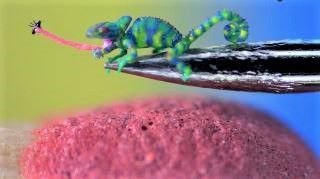
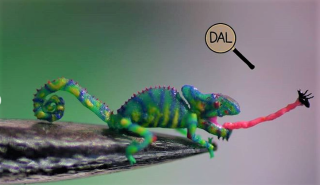
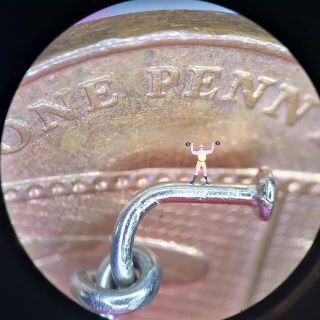
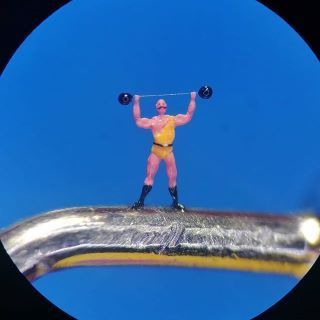
"I like to vary my work as much as possible, so I keep looking for inspiration. I’m always studying the world around me. I’m also regularly sent ideas from my Instagram followers. I spend a great deal of time thinking about potential subjects and their composition. I write down ideas all the time and occasionally I wake in the middle of the night to scribble something down that’s popped into my head.
Once I’ve chosen a subject, I’ll spend time collecting images in different poses. I’ll make some rough sketches, playing around with posture, colour and making sure that I can accurately reproduce the shape and form. Although, I must admit that sometimes this all goes out the window when I’m at the microscope, and the material takes on a life of it’s own".
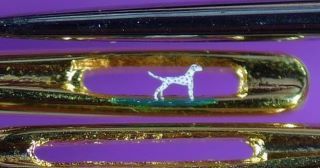
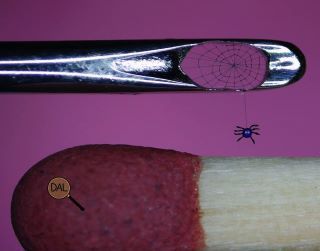
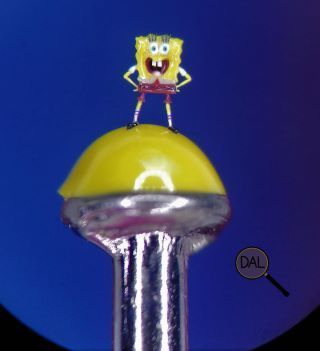
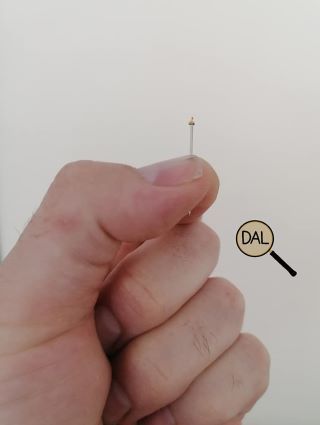
David was asked in an interview recently what he intends to do next, and he answered: "Well I don’t plan on stopping any time soon that’s for sure! I want to build up enough pieces that I can display at an exhibition using my special display stands and sealed microscopes, then more people can appreciate them.
I currently have the world's smallest art gallery in my bedroom!"
Seeing what David A Lindon is able to achieve is a wonderful example of the incredible ingenuity and creativity of humans. The ability of a human to see "through the eye of a needle" and have the inspiration, skill and persistence to create and place a "sculpture" in this space is truly amazing.
